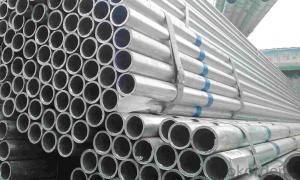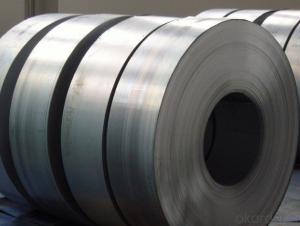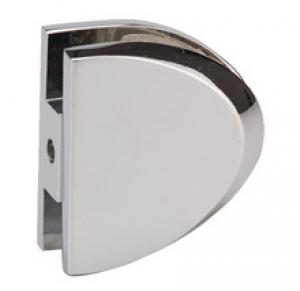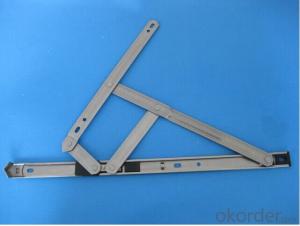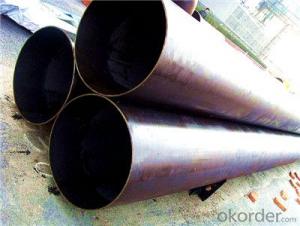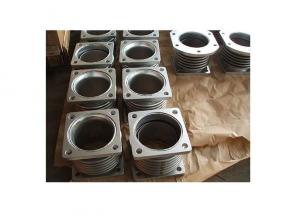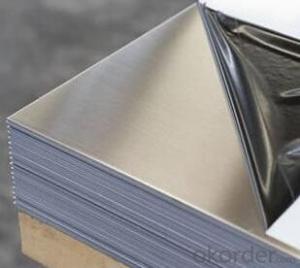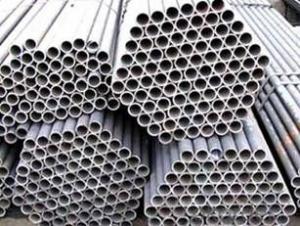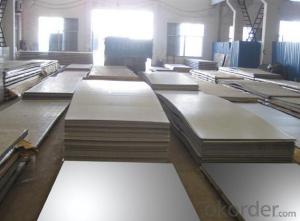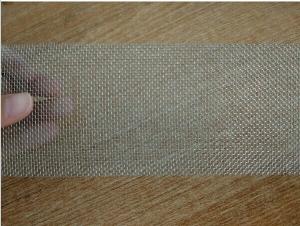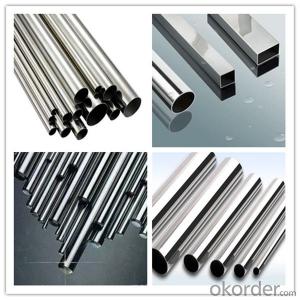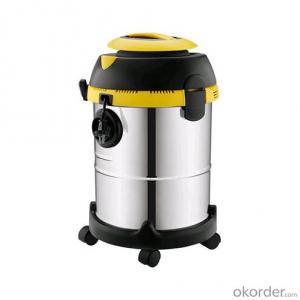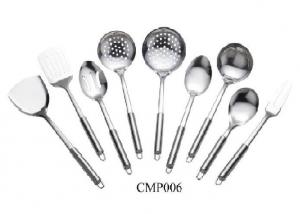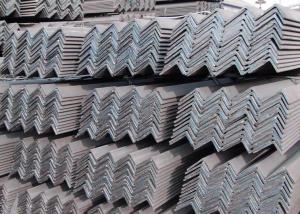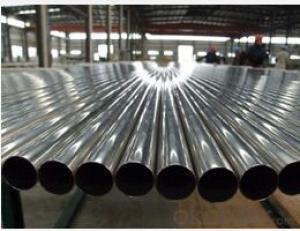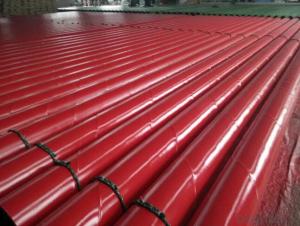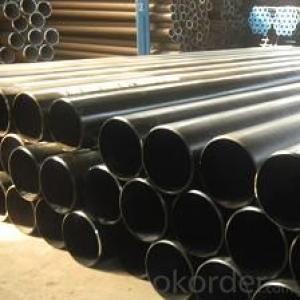Stainless Steel Chimney Liners
Stainless Steel Chimney Liners Related Searches
Stainless Steel Chimney Liner Chimney Liner Stainless Steel Stainless Steel Chimney Stainless Steel Chimney Pipe 6 Stainless Steel Chimney Liner Chimney Pipe Stainless Steel Stainless Steel Chimney Caps Stainless Steel Dining Chairs Chimney Caps Stainless Steel Stainless Steel Kitchens Stainless Steel Chains Stainless Steel Kitchen Shelves Stainless Steel Chimney Cap Stainless Steel Trim Strips Stainless Steel Shims Stainless Steel Shelves Stainless Steel Hinges Stainless Steel Pins Stainless Steel Wires Stainless Steel Laminate Containment Liners Stainless Steel Pipe Screens Stainless Steel Hangers Stainless Steel Clips Stainless Steel Pipes Stainless Steel Tiles Stainless Steel Funnels Stainless Steel Screens Stainless Steel Strips Stainless Steel PliersStainless Steel Chimney Liners Supplier & Manufacturer from China
Stainless Steel Chimney Liners are durable and high-quality products designed to enhance the safety and efficiency of chimney systems. These liners are crafted from stainless steel, a material renowned for its corrosion resistance and heat tolerance, making them ideal for protecting chimney structures from damage caused by high temperatures and acidic byproducts of combustion. They are essential in maintaining the structural integrity and performance of chimneys in both residential and commercial settings.Stainless Steel Chimney Liners are widely used in various applications, including wood-burning stoves, fireplaces, and industrial furnaces. They are particularly beneficial in scenarios where traditional clay or ceramic liners may not suffice due to their superior heat resistance and durability. These liners help to prevent chimney fires, reduce creosote buildup, and improve the overall efficiency of the chimney system, ensuring a safer and more effective heating solution for users.
Okorder.com is a leading wholesale supplier of Stainless Steel Chimney Liners, boasting a vast inventory of these essential products. With a commitment to providing high-quality materials at competitive prices, Okorder.com caters to the needs of contractors, builders, and homeowners alike. Their extensive range of Stainless Steel Chimney Liners ensures that customers can find the perfect fit for their specific requirements, making them a reliable source for all chimney lining needs.
Hot Products
